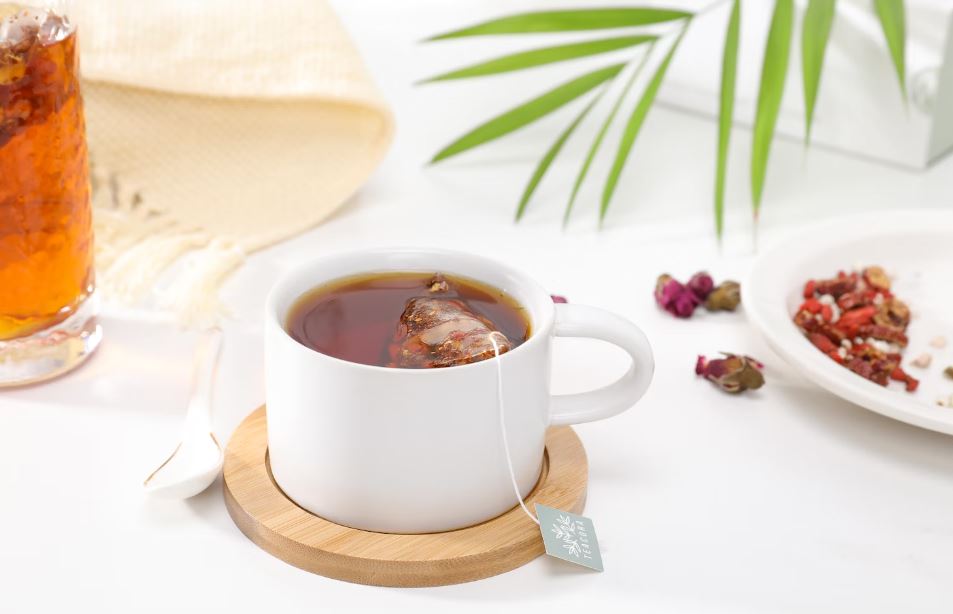In South Africa, “tea time” specifically refers to afternoon tea. It’s a casual social gathering in the mid-afternoon, usually around 3-5 pm, where people enjoy a light meal with tea. Here’s everything you need to know about teatime.
ALSO READ: Test Definition & Meaning
What Does Tea Time Mean?
In South Africa, “Tea Time” refers to a designated break during the afternoon when individuals pause to enjoy a light meal or refreshments, often accompanied by tea or coffee. This break usually occurs between lunch and dinner, typically around mid-afternoon, and provides an opportunity for people to relax, socialize, and recharge before continuing with their activities for the day. Tea Time is a cultural tradition observed by many South Africans, especially in households and workplaces. It’s a time to unwind, connect with others, and indulge in a brief respite from daily responsibilities.
Tea Time Definition & Meaning
Tea time has two main meanings:
-
The customary time for having tea: This is the most general definition and applies globally. Tea time typically falls in the late afternoon or early evening, usually between 4 pm and 6 pm.
-
A light afternoon meal: This is more specific and often associated with British culture. It involves enjoying tea with accompaniments like scones, finger sandwiches, or pastries. It can be a social event for catching up with friends and family.
In South Africa, tea time takes on a slightly different meaning:
- Afternoon social gathering: Here, tea time specifically refers to a casual social gathering in the mid-afternoon, usually around 3-5 pm.
- Focus on socializing: The emphasis is more on catching up with people than having a full meal.
- Light snacks: The food is typically lighter than a full meal, featuring biscuits, scones, cake slices, or sandwiches.
- Informal setting: Tea time can happen at someone’s home, a friend’s place, or even a tea room. South Africans might also use “tea” more generally to refer to a mid-afternoon snack break, even if they’re not having tea specifically.
Examples Of Tea Time In A Sentence
- Every day at 3 p.m., the office staff gathers in the break room for tea time, where they chat and enjoy snacks together.
- In the quaint village, tea time is a cherished tradition, with locals and tourists alike flocking to charming cafes for scones and tea.
- After a busy morning of sightseeing, the family retreated to their hotel for a relaxing tea time on the terrace, overlooking the picturesque countryside.
- As the rain poured outside, Jane curled up on the couch with a book and a cup of tea, savoring her quiet tea time ritual.
- The elegant tea room was filled with the delightful aroma of freshly brewed tea as friends gathered for their weekly tea time outing.
Tea Time FAQs
Here are some frequently asked questions (FAQs) about tea time:
What is tea time?
Tea time is a designated period, typically in the afternoon, when people take a break to enjoy a light meal or refreshments, often accompanied by tea or coffee. It’s a time for relaxation, socializing, and indulging in treats.
When is tea time usually held?
Tea time is typically held in the late afternoon, around 3 p.m. to 5 p.m., although exact timing can vary depending on cultural norms and individual preferences.
What do people eat during tea time?
During tea time, people often enjoy a variety of snacks and treats such as sandwiches, scones, cakes, biscuits, pastries, and finger foods. These may be accompanied by spreads, jams, clotted cream, and, of course, tea or coffee.
What types of tea are popular during tea time?
Popular tea choices for tea time include black tea, green tea, herbal tea, and flavored teas. Milk and sugar are often added according to personal preference.
Is tea time a formal or informal occasion?
Tea time can be either formal or informal, depending on the setting and the occasion. It can range from casual gatherings with friends or family to more formal events such as afternoon tea at a fancy hotel or tea party.
What are some common etiquette rules for tea time?
Etiquette for tea time can vary depending on cultural norms and traditions. However, some common etiquette rules include serving tea properly, using appropriate table manners, and engaging in polite conversation with fellow guests.
What are the origins of tea time?
Tea time has its origins in Britain, where it became a popular social custom in the 19th century. It was initially introduced as a light meal to bridge the long gap between lunch and dinner, but it has since evolved into a beloved tradition enjoyed by people around the world.
Conclusion
In conclusion, tea time holds a special place in South African culture as a moment to pause and connect with others over a comforting cup of tea. Whether it’s a casual gathering with family and friends or a more formal affair, tea time provides an opportunity to unwind, share stories, and enjoy delicious snacks. With its diverse population and rich heritage, South Africa’s tea time traditions are influenced by a blend of cultures, resulting in a unique and vibrant experience. So, whether you prefer rooibos, chai, or traditional black tea, tea time in South Africa is a time-honored ritual that brings people together and celebrates the simple joys of life.
Image Courtesy: Unsplash
